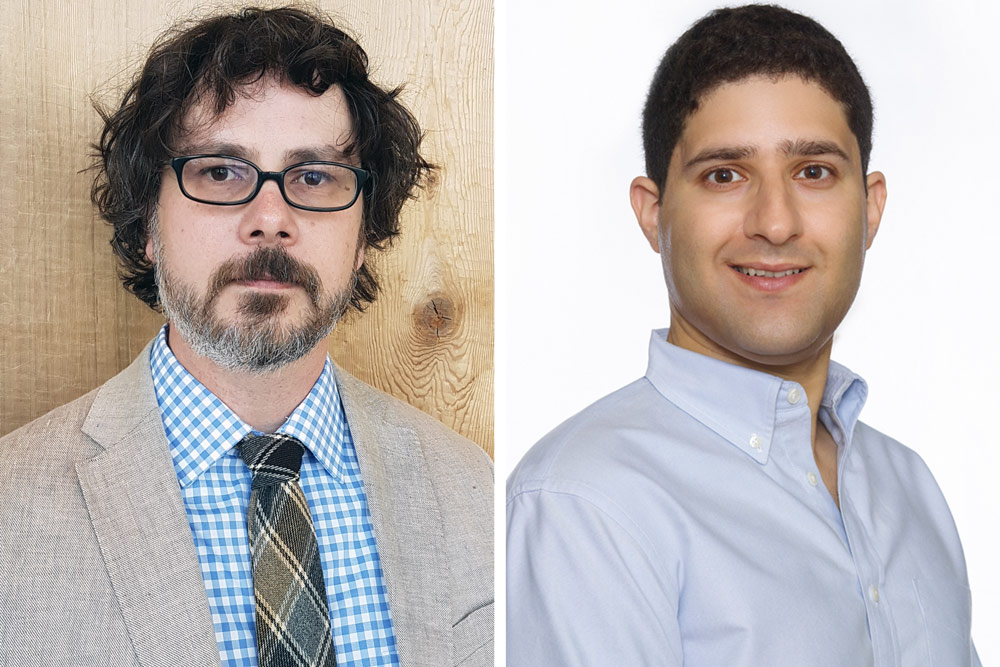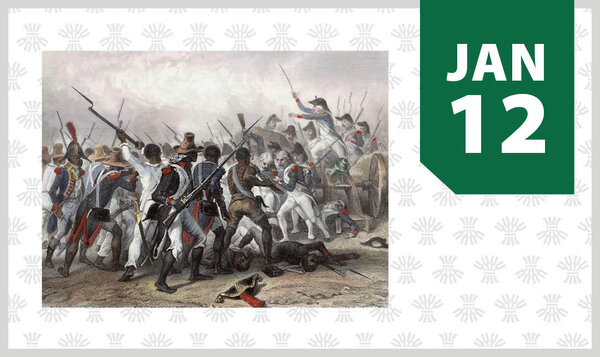
$1.25M awarded to innovative USask early career researchers
Dr. Terence Clark (PhD) of the Department of Archaeology and Anthropology and Dr. Steven Rayan (PhD) of the Department of Mathematics and Statistics are among five USask researchers awarded new funding
by USask Research Profile and Impact
Five University of Saskatchewan early career researchers have each been awarded $250,000 over two years by the New Frontiers in Research Fund, a new federal fund designed to promote exploratory research that crosses disciplinary boundaries and enables researchers to take risks and be innovative.
“The scope and creativity of these research projects is both exciting and inspiring, and demonstrates our commitment to nurturing bold, innovative thinking that brings disciplines together, proposes unique scientific directions, and challenges current research paradigms,” said USask Vice-President Research Karen Chad.
Almost $500,000 of the total $1.25 million in USask grants was awarded for Indigenous research—specifically agricultural land use and resource management. Other USask projects will focus on combatting in utero infections, improving hemodialysis, and pushing the boundaries of quantum mathematics.
Dr. Melissa Arcand (PhD) (College of Agriculture and Bioresources) will research historic and contemporary agricultural land use on First Nations. The project, miyo mâmawi atoskewin "All working together in a good way”, will apply both Indigenous knowledge and Western science in collaboration with researchers in soil science, Indigenous studies, and First Nations communities.
First Nations in Saskatchewan hold as much as four million acres of reserve land under conventional agricultural production. But Indigenous people farm little of this land due to historical policies that restricted their participation in agriculture.
Arcand’s team will consult with Elders and knowledge keepers, who have historical knowledge of land use, to fill gaps in understanding of the history of agriculture on reserve lands. Combined with soil-mapping techniques, they will reconstruct agricultural land use on reserves from the past to the present day and inform future land-use planning.
Dr. Terence Clark (PhD) (College of Arts and Science, archaeology and anthropology) will study resource management in shíshálh Nation lands on British Columbia’s Sunshine Coast.
The project title, tems swiya: túlá kw'útl'kwu Ɂe s-ts'ukw' / Our World: from Sea to Sky, exemplifies the holistic nature of this research which will examine long-term resource management in shíshálh lands from the deep past to the present. Among the areas to be studied are foreshore management, coastal villages, plant use, and rock art.
Dr. Uladzimir Karniychuk (PhD) (USask’s VIDO-InterVac, Western College of Veterinary Medicine, and the School of Public Health) will develop in utero therapies against viral infections which can cause abnormalities in developing fetuses and after birth. There are currently no in utero therapies available to treat congenital infections, such as Zika virus, although they are common and can have devastating long-term effects.
Curing infections in utero would reduce long-term health and developmental problems in children and adults. The innovation could also prove essential during outbreaks of emerging congenital infections in non-immune populations when vaccines are not available.
Dr. Amira Abdelresoul (PhD) (College of Engineering) will refine and improve hemodialysis for people with end-stage renal disease or kidney failure, which affects more than three million Canadians. The ultimate long-term goal of her research program is to develop an artificial wearable kidney.
She will focus on problems with the hemodialysis membrane, including bio-incompatibility and poor clearance of toxins. Her research group plans to synthesize a novel design which would be compatible with the human body. This would prolong patient survival, increase quality of life, and decrease costs to the Canadian health care system.
Dr. Steven Rayan (PhD) (College of Arts and Science, mathematics and statistics) will explore "Topology and the Next Generation of Quantum Materials." His work will focus on an emerging connection between the properties of matter and geometry, related to how objects in the visible world cast a ‘shadow’ in the quantum world where electrons and other sub-atomic particles interact. This interdisciplinary bridge between geometry and physics has emerged as the result of the recent discovery of topological materials: physical materials whose ability to conduct electricity is controlled precisely by the shape of their quantum shadow. This discovery was the subject of the Nobel Prize in Physics in 2016.
The quantum shape of topological materials—which can resemble volley balls, donuts and pretzels—may may be the key to developing new nano-scale technologies. Rayan hopes to discover new topological materials in the process of his research.
The New Frontiers in Research Fund is administered by the Social Sciences and Humanities Research Council (SSHRC) on behalf of Canada’s three research granting agencies: SSHRC, the Canadian Institutes of Health Research (CIHR), and the Natural Sciences and Engineering Research Council (NSERC). The first investment of $38 million announced May 13th supports early career researchers with five years or less of experience since their first academic appointment.


